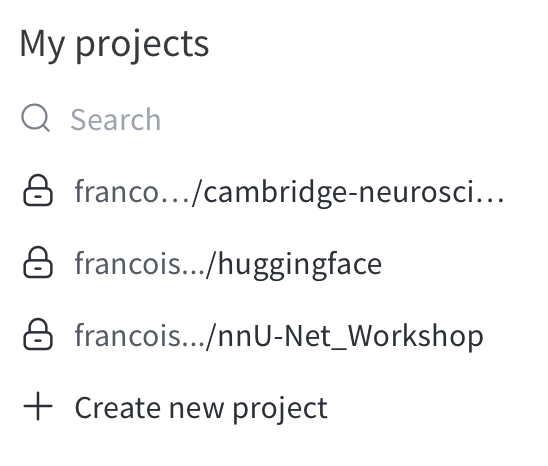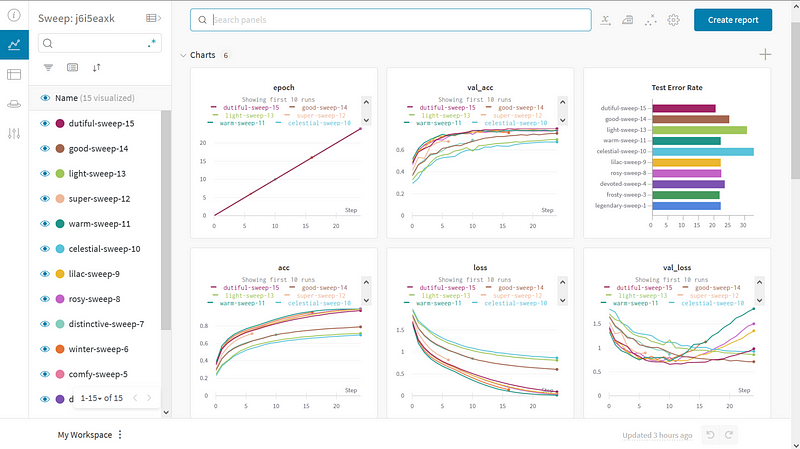Mastering Weights & Biases: A Comprehensive Guide for Data Scientists
Written on
Chapter 1: Introduction to Weights & Biases
Picture a typical workday where you adjust the learning rate, or perhaps try out a new architecture. On another occasion, you might explore a fresh data augmentation technique. Fast forward, and you’re incorporating additional images into your experiments.
Suddenly, you find yourself overwhelmed by a multitude of experiments, each one vying for your attention with its unique variations and outcomes.
Does this resonate with you?
Managing and organizing data science experiments can quickly become a daunting challenge. Keeping track of subtle changes or parameters and understanding their effects can feel impossible. And let’s not even start on the endless screenshots of training and validation losses shared across platforms like Slack—there must be a more efficient way.
I’ve experienced this chaos firsthand. As a Data Scientist and Research Scientist, this was my routine until I stumbled upon a transformative tool: Weights & Biases (W&B).
In this guide, we'll explore how to effectively utilize this powerful platform.
What is Weights & Biases?
Weights & Biases (W&B) is an advanced platform designed to log and visualize machine learning experiments. It helps you track metrics, parameters, and outputs across various experiments, making it easier to compare models, analyze results, and share insights.
Let's dive into this tutorial to learn how to integrate W&B into your daily machine learning processes.
Step 1: Create an Account
Step 2: Set Up a New Project

Step 3: Install W&B
In your terminal, run the command:
pip install wandb
Step 4: Import the Library
In your Python script, import the library to begin logging data.
When executing this command, you will need to input your API key, which can be found in your account settings. We can initiate tracking for an experiment using the wandb.init() function. Each time you want to log a different configuration, you will call this function.
This function requires two arguments:
- project: Should match the name of your newly created project.
- config: Represents the parameters for your run (e.g., architecture, number of epochs, learning rate).
Let's track our experiment:
Here's an overview of the typical steps taken in most Deep Learning projects. We will code three main functions together in the subsequent sections.
- Data Loaders: We utilize the make function.
- Training the Model: The train function allows us to monitor losses and gradients.
- Evaluating the Model: The test function logs the model's performance.
Let’s break down these functions individually:
- Make Function
- We start by defining two simple utility functions that retrieve the MNIST dataset and create a DataLoader.
- Train Function
- In this function, we utilize two main methods:
- wandb.watch(): Automatically monitors the model’s weights and gradients. This is activated at the beginning of the training function.
- wandb.log(): Used to track any metric of your choice, such as loss.
- In this function, we utilize two main methods:
- Test Function
- After training the model, we assess its performance and log the metrics. We again use wandb.log() to monitor accuracy and can save the model's weights in ONNX format using the wandb.save() method.
Final Step: Launch the Experiment
Now, you are ready to execute everything:
Welcome to Weights & Biases - Introduction Walkthrough (2020): This video provides an overview of W&B and demonstrates its core features to help you get started.
Results
You can experiment with the model_pipeline function using different configurations and observe the variations in losses and accuracy.

Experiment results with different configurations, Image by Author
Thank you for reading! Before you leave:
- Be sure to check out the notebook on Google Colab.
- Explore my curated collection of AI tutorials on GitHub.
GitHub - FrancoisPorcher/awesome-ai-tutorials: A comprehensive collection of AI tutorials to enhance your data science skills! - GitHub …
If you enjoyed this article, consider subscribing to receive my latest insights directly in your inbox.
Also, if you're interested in premium articles on Medium, a membership for just $5 a month will grant you access. Signing up through my link will support my work at no extra cost to you.
If you found this article helpful, please consider following me and leaving a clap for more detailed content! Your support fuels my passion for creating valuable resources.
References
Special thanks to the Weights & Biases team for their incredible work!
